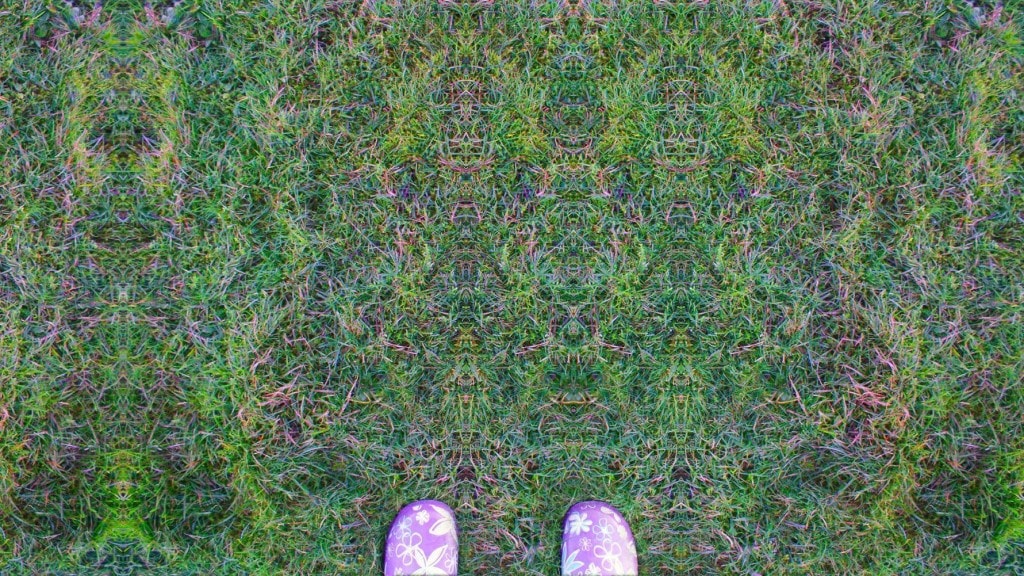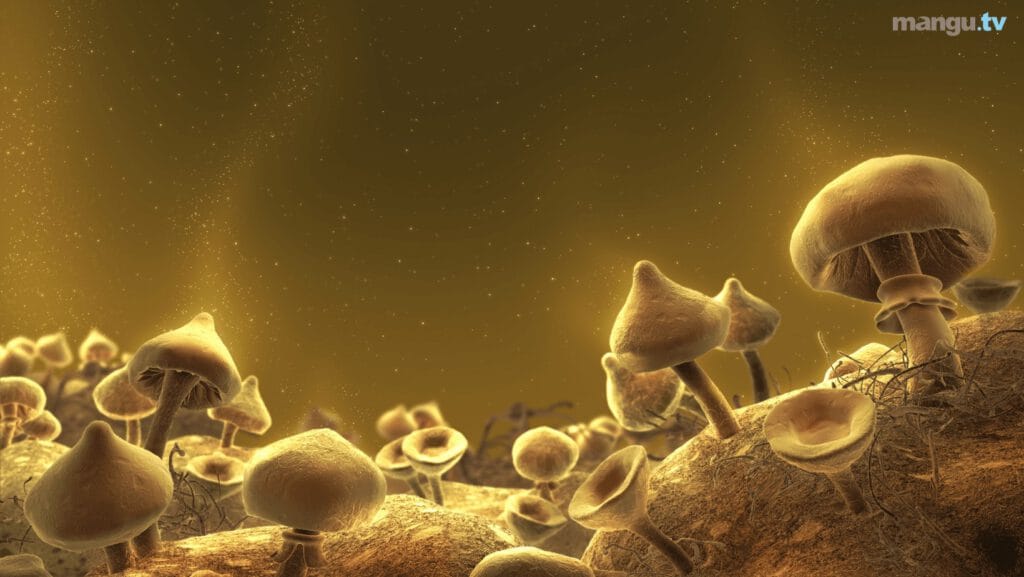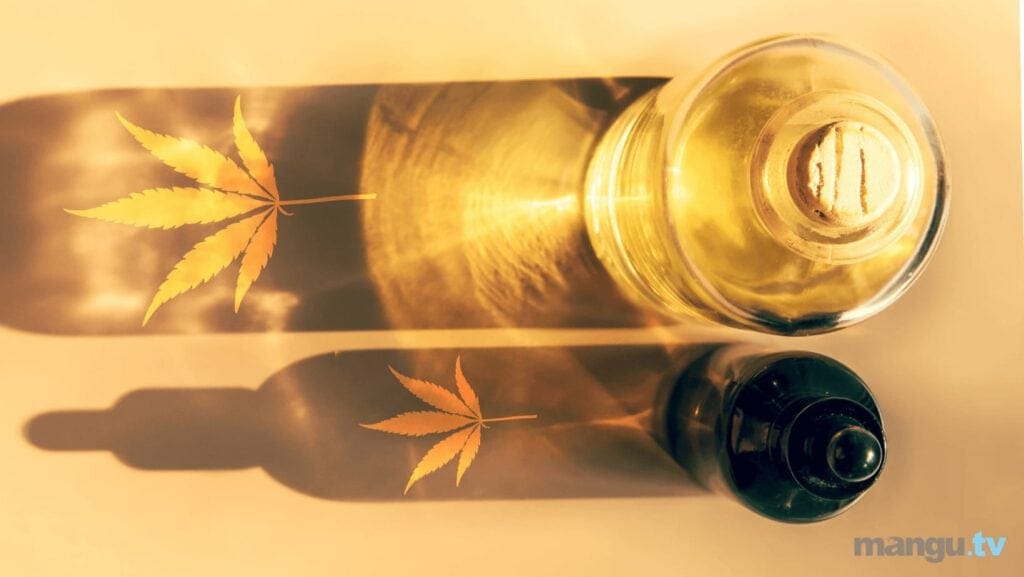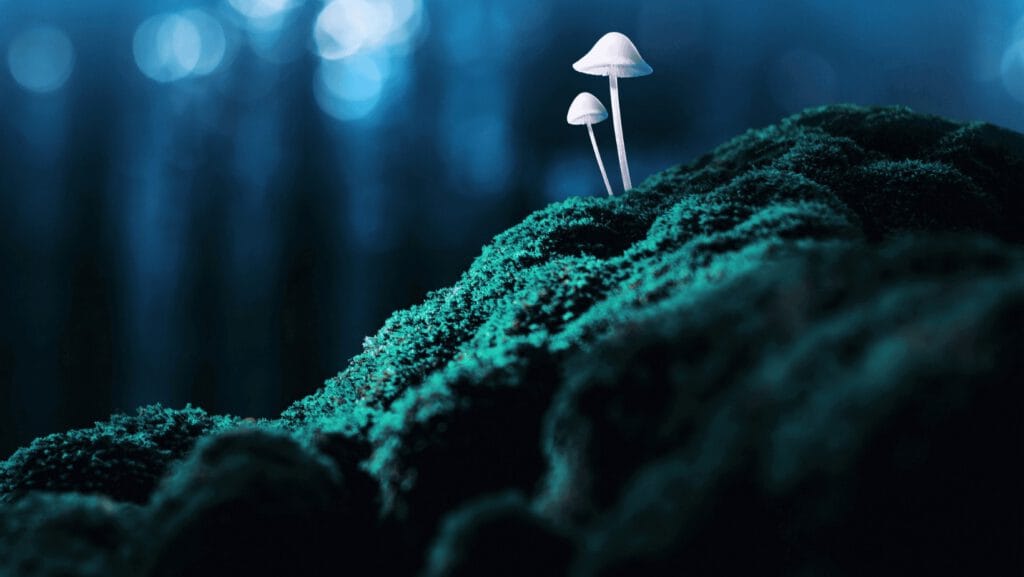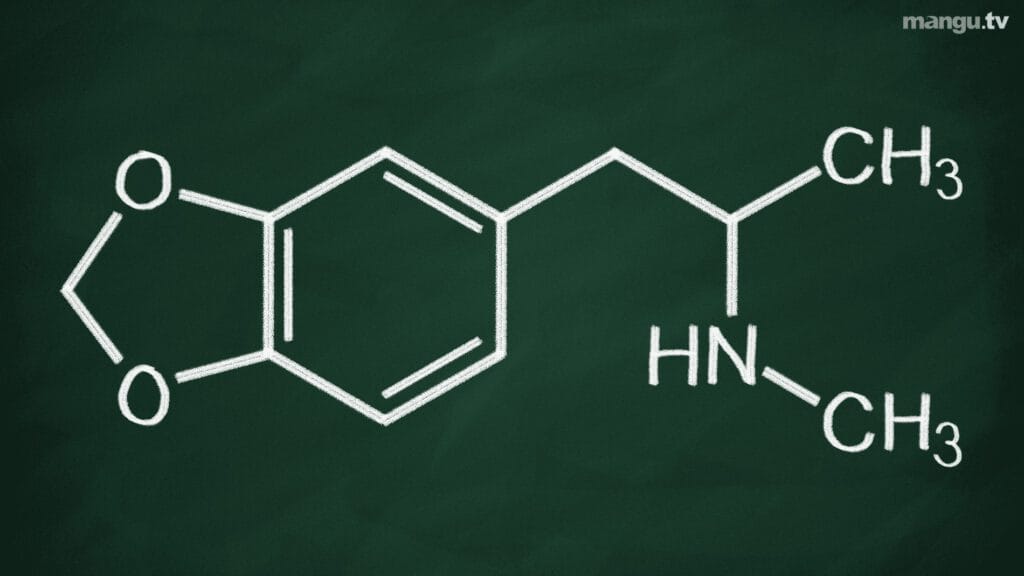LSD is a ‘curious chemical’, the more one learns about this mysterious compound, the more curious it becomes.
‘April 19, 1943: Preparation of an 0.05% aqueous solution of d-lysergic acid diethylamide tartrate.
4:20 P.M.: 0.05 cc (0.25 mg LSD) [250 micrograms] ingested orally. The solution is tasteless.
4:50 P.M.: no trace of any effect.
5:00 P.M.: slight dizziness, unrest, difficulty in concentration, visual disturbances, marked desire to laugh…’
Thus began what many have since regarded as one of the most defining cultural and scientific moments of the twentieth century – Albert Hofmann’s accidental discovery of LSD.
As observed in 1964 by Dr Sidney Cohen in The Beyond Within, LSD is indeed a ‘curious chemical’.
‘LSD is a very curious chemical. When given by injection, it disappears rapidly from the blood. It can be observed when tagged with Carbon 14 in all the tissues, particularly the liver, spleen, kidneys and adrenal glands. The concentration found in the brain is lower than any in other organ – being only about 0.01 percent of the administered dose. Sidney Cohen, in The Beyond Within (p.380), has estimated than an average dose results in only some 3,700,000 molecules of LSD (about 2/100ths of a microgram) crossing the blood-brain barrier to interact with the billions of cells that make up the average-size brain – “and then only for a few minutes”.
Psychedelics Encyclopedia, by Peter Stafford, 1978 (3rd expanded edition 1992)
Five Curious Facts about LSD:
- LSD is not only odourless, tasteless and colourless, but by far and away the most powerful substance known to man, active at doses as low as 50 micrograms.
- That makes for 100,000 to 300,000 substantial doses per ounce and ranks it 4,000 times stronger by weight than than pure mescaline.
- In terms of toxicity, LSD proves equally enigmatic. For example, according to some, the LD50 for LSD, the point at which 50% of experimental animals die from a drug being tested, has never been established.
- Not a single death certificate has ever been written where the direct cause of death has been attributed to LSD.
- From a 100 microgram dose, only about two-hundredths of a microgram actually pass into the brain. Even this disappears within minutes, before the onset of any symptoms.
In summary, by far and away the most potent substance known to man, which has no colour, no taste and no smell, seems to be non-toxic and non-addictive, but only active in our brains for brief moments before any effect is observed and at even more minuscule quantities than what was ingested.
Curious and curiouser!
To find out more about therapeutic properties of LSD check out the definite documentary on #PsychedelicMedicines: Neurons to Nirvana
